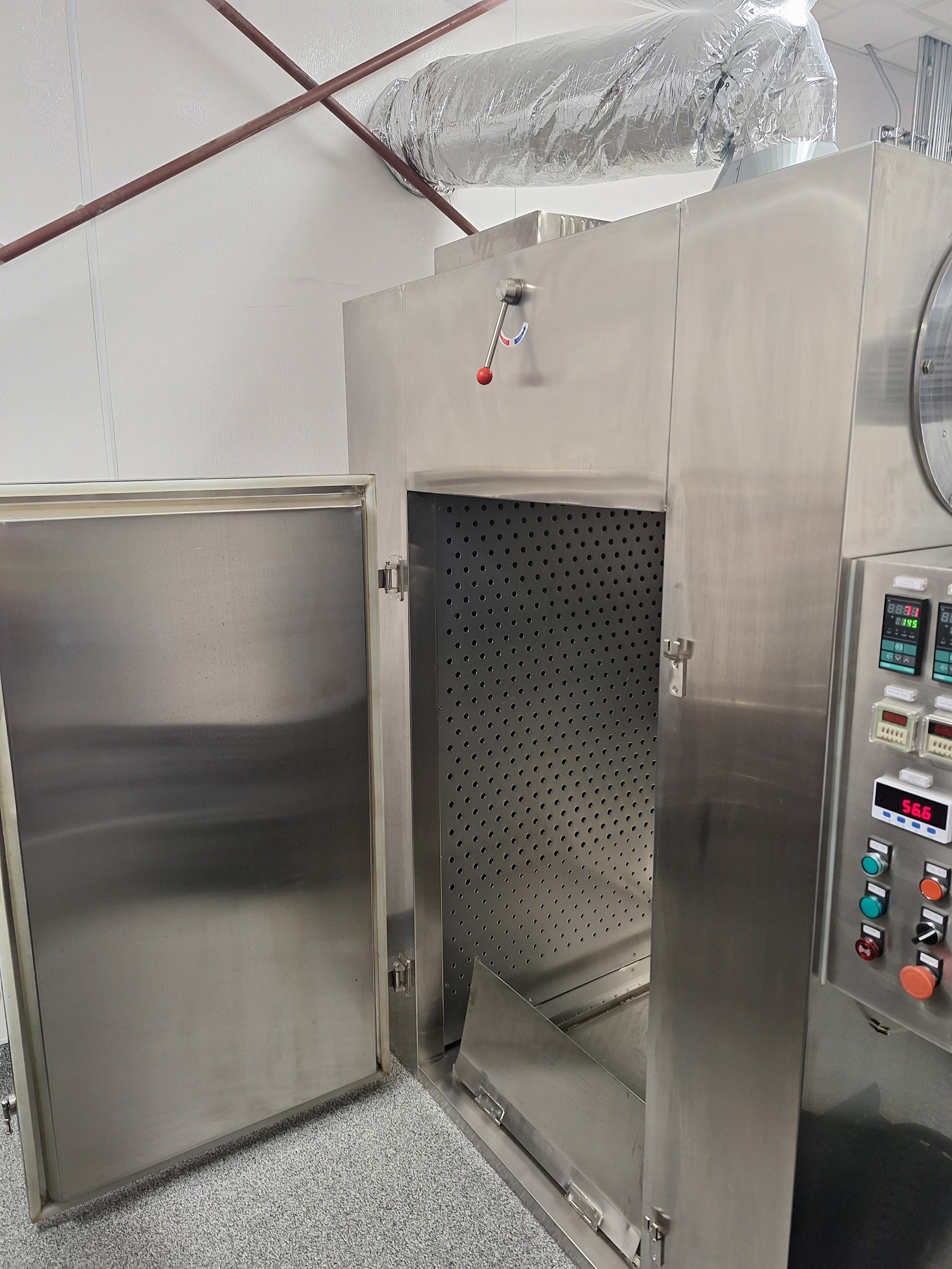West Slope food bank preserves excess fruit to feed kids
by Jacob Richards
Peach orchard near Palisade, Colorado with Mt. Garfield in the background. Photo: Courtesy of Susan Justice.
In the heart of Western Colorado’s agricultural belt, there is a one-of-a-kind program being pioneered by the Food Bank of the Rockies Western Slope: fruit dehydration.
The food bank, which serves 110 partner organizations and local food pantries in its 13-county service area, sometimes gets overwhelmed with fresh fruit and produce during harvest time. But now, excesses from local farms and orchards are being dehydrated and turned into healthy treats for kids across Western Colorado, all year round.
The food bank’s dehydration facility is a licensed food manufacturer and turns apples, peaches, bananas, and other produce into healthy treats. “It’s the only program like this among the 200 Feeding America food banks,” said Sue Ellen Rodwick, director of the Grand Junction-based nonprofit.
“We are even making fruit leathers,” she said. “We had tons of peaches last year — more than we could deal with, so we froze them and now puree them to make the fruit leathers.”
The dehydrated produce is distributed to kids via Totes for Hope, Kid’s Aid, and other agencies around Western Colorado. They hope to someday produce enough to provide dehydrated fruit snacks to their Denver, Northern Colorado and Wyoming partners, too.
The program dates back to 2013. It shut down during the pandemic in 2020 but restarted in 2023 at the 50,000-square-foot Etkin Family Distribution Center. The new facility has three industrial dehydrators with more than double the prior capacity.
“From 2019-2023, we increased our locally sourced foods by weight four times,” Rodwick said. “We work with 26 local growers, three ranchers, and two food hubs,” she added. Funding for the increase came largely through the Local Food Purchase Assistance Cooperative Agreement Program, a part of the American Rescue Plan, set to expire
in late 2024. Rodwick is hopeful legislation will be passed extending the LFPACAP grants, and she is also looking at other avenues of funding.
A recent pilot program between the food bank and Colorado State University explored the possibility of using the dehydrators as both a potential source of revenue for the food bank as well as a product for local growers’ leftover fruit. “We are waiting on the results of that study,” Rodwick said.
Food insecurity is on the rise in Western Colorado, according to Feeding America’s most recent “Map the Meal Gap” study. Across the region, one in eight people are food insecure, and in some counties, that climbed to one in seven. The study also found that the gap between the money people have and what they would need to be food secure is the largest it has been in the past 20 years.
“Food is the one budget item with the most give, and that is where people cut from,” said Rodwick. “Luckily, the pandemic helped normalize seeking food assistance.”
In 2023, the Food Bank of the Rockies Western Slope distributed the equivalent of 24,000 meals daily across Western Colorado, 8.5% more than the previous year. Western Slope mobile pantry visits are up 190% over the same period, too.
“The areas in our region that are the most food insecure are the areas that subscribe to the ‘pull yourself up by the bootstraps’ mentality,” Rodwick said. “It can be a challenge. We have to keep getting the information out there. It is okay to seek assistance.”




